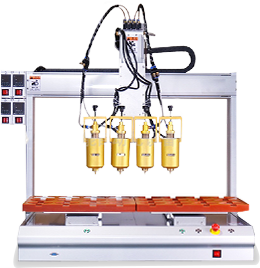

The transmission part synchronous pulley is the core component of power transmission of automation equipment. It is made of high-strength materials such as aluminum alloy and alloy steel, and is manufactured through CNC machining and precision molding technology. The surface of the wheel body is designed with a precise tooth structure, which is tightly meshed with the synchronous belt to achieve zero slip and high-efficiency power transmission. The product has the characteristics of high precision, low noise, and maintenance-free. It is widely used in 3D printing, CNC machine tools, automated production lines and other fields to ensure stable and accurate operation of the equipment.
Provide a variety of specifications and models to adapt to synchronous belts of different widths and tooth shapes. Support customized design, and can adjust the pulley diameter, shaft hole size, keyway specifications and other parameters according to customer needs. Some common specifications and parameters are as follows:
Model | Material | Adapter belt type | Outer diameter (mm) | Shaft hole diameter (mm) | Rated torque (N・m) |
TP - 20 | Aluminum alloy | HTD5M | 20 - 80 | 6 - 20 | 5 - 20 |
TP - 30 | Alloy steel | HTD8M | 30 - 120 | 8 - 30 | 10 - 50 |
TP - 50 | Stainless steel | HTD14M | 50 - 200 | 12 - 50 | 20 - 100 |
III. Product Details
1. Material Type
Aluminum alloy: High-strength aluminum alloys such as 6061 and 7075 are selected, which are light in weight and have good heat dissipation. After T6 heat treatment and anodizing treatment, the surface hardness reaches HV150 or above, which is suitable for weight-sensitive automation equipment, such as electronic assembly production lines and 3D printers.
Alloy steel: Alloy steel materials such as 45# steel and 42CrMo are used. After quenching and tempering, the strength and toughness are both good, and the tensile strength exceeds 800MPa. It is suitable for heavy-load and high-torque transmission scenarios, such as CNC machine tools and industrial robots.
Stainless steel: 304 and 316L stainless steel materials have excellent corrosion resistance and can work stably in harsh environments such as humidity, acid and alkali. They are often used in industries with strict hygiene requirements such as food processing and medical equipment.
2. Manufacturing process
CNC machining: Through turning, milling, gear hobbing and other processes, the outer diameter, tooth shape, shaft hole and other parts of the pulley are accurately processed to ensure dimensional accuracy and surface quality.
Precision molding: Powder metallurgy, die casting and other molding processes are used to produce pulleys with complex structures, reduce material waste and improve production efficiency.
Surface treatment: Provide a variety of surface treatment methods such as anodizing, hard chrome plating, and blackening to enhance the wear resistance, rust resistance and aesthetics of the pulley.
3. Quality inspection
Dimension inspection: Use a three-coordinate measuring instrument to fully inspect the key dimensions of the pulley, such as the outer diameter, tooth pitch, and shaft hole, to ensure that they meet the design requirements.
Performance testing: Verify the operating stability and load-bearing capacity of the pulley through dynamic balancing tests, torque tests, fatigue life tests, etc.
Appearance inspection: Use an optical detector to inspect the surface of the pulley to ensure that there are no defects such as cracks and sand holes to ensure product quality.
 Headquarters tel.
Headquarters tel. E-mail.
E-mail.